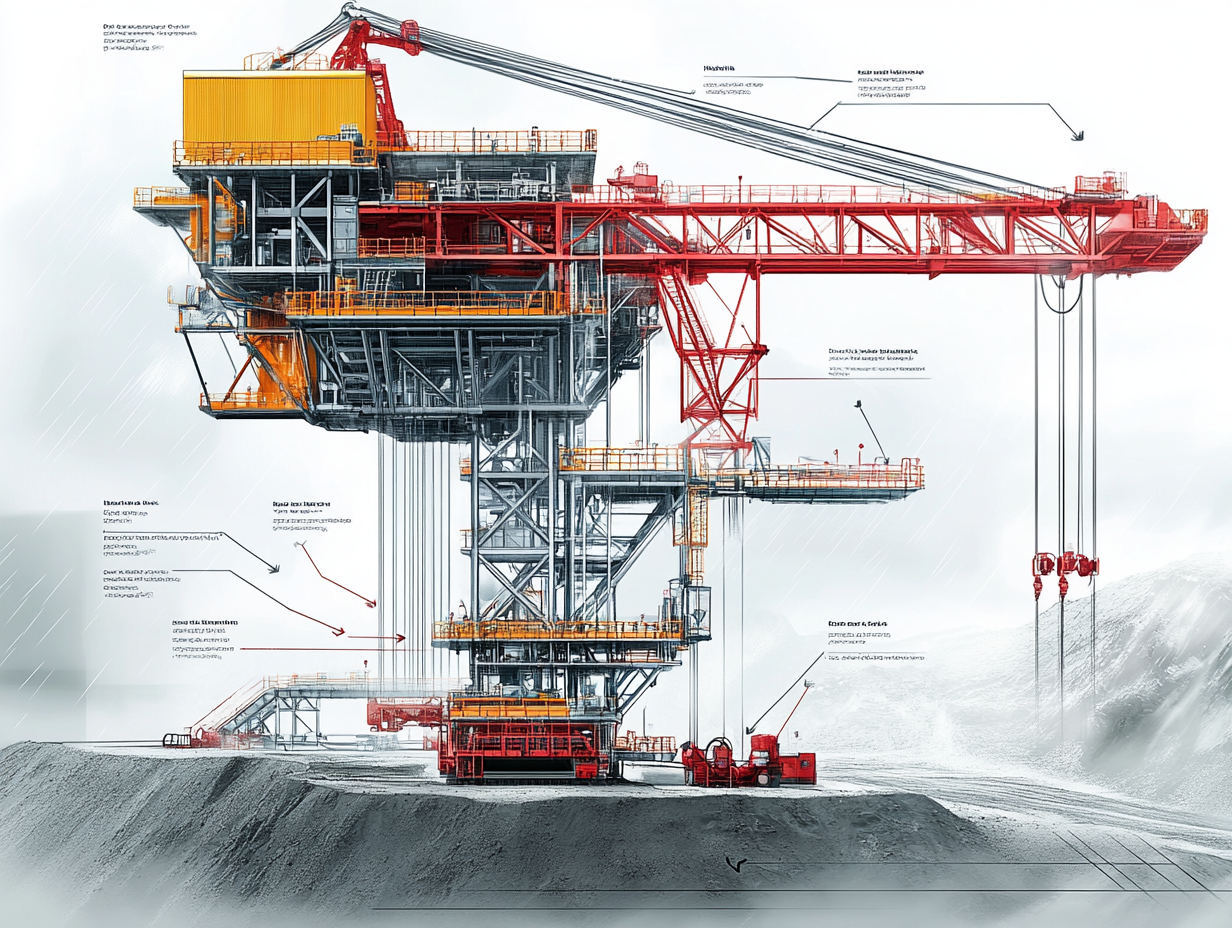In the mining and heavy machinery industries, safety isn’t optional — it’s engineered into every bolt, beam, and weld. One of the most critical concepts in structural crane design is the use of safety factors. These mathematical buffers ensure that structures withstand not only known loads but also unexpected forces, imperfections, and usage variations. In essence, safety factors protect lives and investments.
The successful implementation of FMEA (Failure Modes and Effects Analysis) requires well-structured templates and adherence to standards. These tools enhance consistency, facilitate collaboration across teams, and standardize processes.
In modern industrial processes, improving quality, ensuring safety, and reducing costs have become more critical than ever. FMEA (Failure Modes and Effects Analysis) is a powerful tool used to achieve these goals.
FMEA (Failure Modes and Effects Analysis) is a systematic method for identifying and managing risks in complex systems. The effectiveness…
FMEA (Failure Modes and Effects Analysis) is a critical tool in risk assessment. However, its effectiveness relies on meeting specific success criteria.
FMEA (Failure Modes and Effects Analysis) provides a systematic approach to identifying and mitigating risks. The success of this analysis depends on selecting and applying the right methods.
FMEA (Failure Modes and Effects Analysis) is a powerful method for identifying potential failure modes and preventing them systematically. However, its effectiveness depends on the proper implementation steps and a well-structured organizational setup.
In modern manufacturing, preventing errors, enhancing quality, and ensuring customer satisfaction are more critical than ever. FMEA (Failure Modes and Effects Analysis) is a method designed to analyze potential failures and their effects on systems, making it a key tool for optimizing risk management.
Risk management is one of the most critical elements in modern industrial processes. Fault Tree Analysis (FTA) is an effective method to identify the root causes of potential failures and their impacts on complex systems. This analysis enables proactive problem-solving and strategic risk mitigation.










